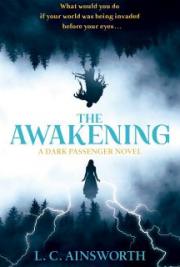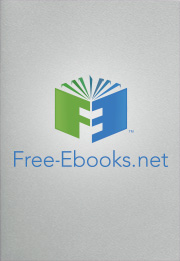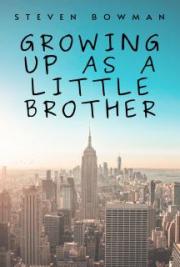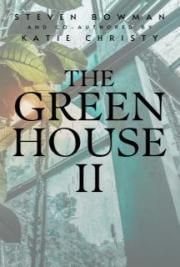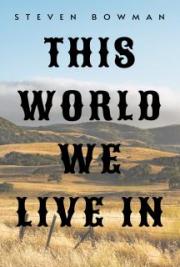Open any phone on a bus at rush hour and you will see it. A mystery chapter on a lunch break. A textbook section before an exam. A picture book shared at bedtime when the power flickers. Reading has become portable, searchable, and social, yet the quiet purpose of a library remains the same. It connects people to ideas without asking them to buy a ticket first.
Modern platforms add practical needs that old stacks never faced. Reader accounts must be trusted across borders, author dashboards need consistent sign ins, and some institutions whitelist specific addresses for access. In those cases a dedicated IP VPN can provide a stable, private endpoint for logins and research while users move between networks. It is a small technical detail that keeps the door open when the path to the library changes.
From Scarcity to Reach
A neighborhood branch once decided what was available by shelf space and budget. Digital collections change that equation. A single license can serve many readers through fair use windows, and out of print works can return as high quality scans. Access is no longer about how many copies fit on a cart. It is about whether a platform has the rights and a reader has a connection.
The New Margins of Discovery
In a physical library, a staff pick table or a book cart created happy accidents. The online version is a blend of curation and gentle algorithms. Tagging, topic clusters, and reading pathways bring quiet titles into the light. Strong platforms keep these suggestions transparent. They let readers choose between editor lists, community shelves, and data driven picks so discovery feels like a service rather than a sale.
Formats That Fit Real Life
Readers want time flexibility more than anything. Digital libraries answer with adjustable fonts, dyslexia friendly typefaces, audio options, and true offline modes. A teenager can annotate a poem on a cheap phone. A commuter can switch from text to audio in a tunnel. A parent can borrow a picture book and mirror it to a living room TV. The technology fades into the background when it serves the one rule that matters. Make the reading moment easy to start and easy to keep.
Fairness for Authors
The best platforms respect the work. They report borrows clearly, pay on time, and protect releases from leaking early. That trust draws more authors in, which makes the library better for everyone. Clear usage windows and library friendly licensing help local schools and independent writers live in the same ecosystem without one dimming the other.
When Access Falters
Library tech is still young in many places. Logins fail on public Wi Fi. Captive portals break links. Region rules can hide a title that would otherwise be available. Staff cannot fix every network, but they can teach practical workarounds. Download for offline before travel. Keep two reading apps in case one stalls. Save notes outside a single platform. Publish help pages that sound like a neighbor talking, not a manual.
Why This Matters for Education
Teachers who grew up with card catalogs now post reading guides with direct links and QR codes. Students bring their own devices. Libraries have become the bridge between a class plan and a private moment of attention. For anyone designing these systems, it helps to learn from people who have been thinking about the craft of online collections for years. Here is a concise overview of digital library publishing that explains how curation, rights, and reader experience interact.
The Heart of the Work Has Not Changed
A good library is still a promise. If you are curious, you can read. Digital stacks make that promise lighter to carry and easier to share. The tools will keep changing. The mission is steady. Put more stories within reach, and make it simple for any reader to open the next page.


